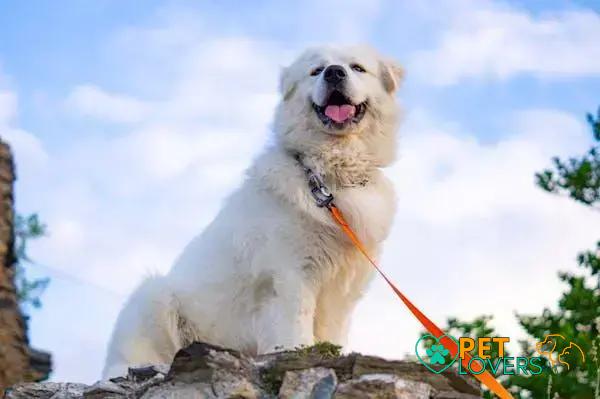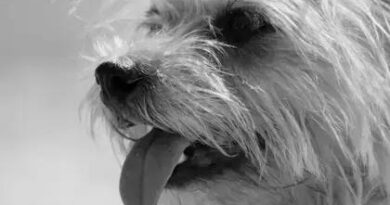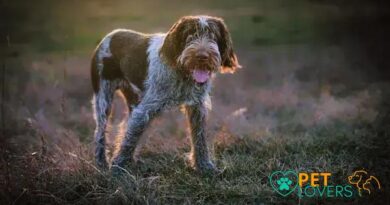Curiosities About the Great Pyrenees: Surprising Facts Unveiled
Curiosities about the Great Pyrenees abound, and we delved into them to bring you the fascinating details. This majestic dog, known for its imposing size and gentle nature, has a rich history and unique characteristics that set it apart. In this post, we explore its origins, distinct traits, and care tips to keep your Great Pyrenees healthy and happy.
The Origin and History of the Great Pyrenees
The Great Pyrenees, also known as the Pyrenean Mountain Dog, originates from the Pyrenees mountains, which form a natural border between France and Spain. These majestic dogs were bred centuries ago to protect sheep from predators like wolves and bears. Their lineage can be traced back to around 3,000 B.C., making them one of the oldest breeds in existence.
Historians believe that the ancestors of the Great Pyrenees migrated with nomadic shepherds who used these dogs for guarding and herding. Over time, the breed’s protective and loyal nature became highly valued in the region. By the Middle Ages, the Great Pyrenees was an established guardian of the chateaux in southern France.
Royal Recognition
In the late 17th century, the Great Pyrenees gained royal recognition when King Louis XIV declared them the Royal Dog of France. This elevated their status and led to broader distribution across Europe. Despite their noble status, these dogs continued their crucial role in protecting livestock.
During the 19th and 20th centuries, the breed’s popularity spread beyond Europe. They were imported to North America, where they took on roles as working dogs on farms and ranches. By the mid-20th century, the Great Pyrenees was recognized by the American Kennel Club (AKC), solidifying its presence as a beloved companion and working dog in the United States.
Their thick, weather-resistant coats and strong build are traits honed through centuries of living in mountainous regions. These features, combined with their calm and patient demeanor, make them ideal for the harsh conditions of the Pyrenees and beyond.
Unique Traits and Characteristics
The Great Pyrenees, known for their majestic appearance, possess several unique traits and characteristics that set them apart. These independent dogs are renowned for their calm yet protective nature. Often termed as ‘gentle giants’, their imposing size is balanced by their friendly disposition. A key trait is their double coat which provides excellent insulation against harsh weather. This breed is also recognized for its remarkable patience, making them exceptional with children.
Their strong guarding instincts come from their history as livestock guardians. They are naturally wary of strangers but loyal to their family. Another characteristic is their impressive endurance and strength, developed over centuries of protecting flocks in the mountains. Despite their size, they are quite agile and capable of covering a lot of ground quickly.
They are inherently nocturnal, a trait developed to guard livestock during the night. Additionally, their deep bark is a trait designed to scare away intruders, adding to their role as protectors. The Great Pyrenees also display intelligence and can often be seen making decisions independently without the need for constant commands.
It’s important to note their love for the outdoors. Being bred in the Pyrenees mountains, they have a natural preference for cold climates and open spaces, which suits their thick fur coat and active nature. Another interesting characteristic is their ‘double dewclaws’ on their hind legs, a feature not common in many breeds.
Caring for a Great Pyrenees
The Great Pyrenees is known for its thick, weather-resistant coat that requires regular grooming. You should brush their fur at least once a week to prevent matting and minimize shedding. During the shedding seasons, which occur twice a year, daily brushing might be necessary.
Exercise is another critical aspect of their care. Despite their large size, Great Pyrenees are relatively low-energy dogs. A couple of walks per day, combined with some playtime, will usually suffice. However, they do need a secure yard to roam.
Proper nutrition is vital for maintaining their health. Feed your Great Pyrenees a balanced diet with high-quality dog food. Monitor their weight, as they can be prone to obesity, which exacerbates joint issues.
Keep in mind that this breed is known for its independence and protective nature. Enroll them in obedience training early to establish proper behavior and socialization skills. Positive reinforcement methods work best with this breed.
Regular health check-ups are crucial. Great Pyrenees are prone to certain health conditions such as hip dysplasia and bloat. Make sure to schedule annual vet visits and stay up to date with vaccinations and treatments.





